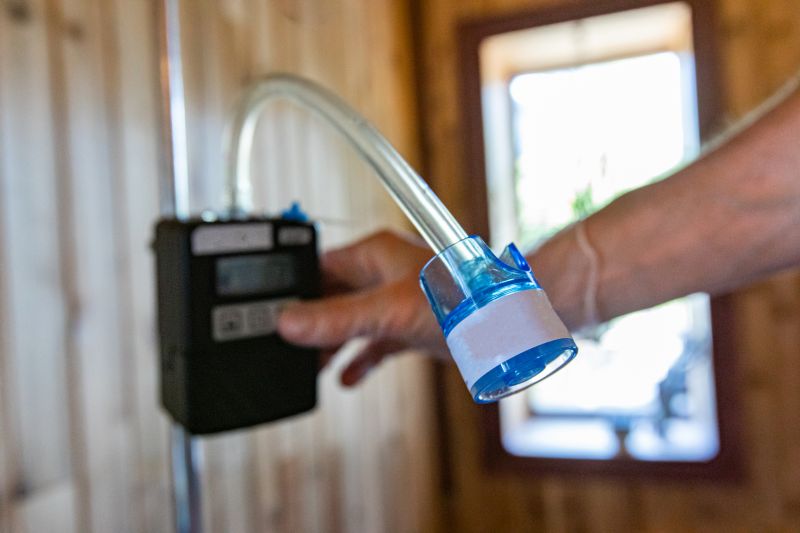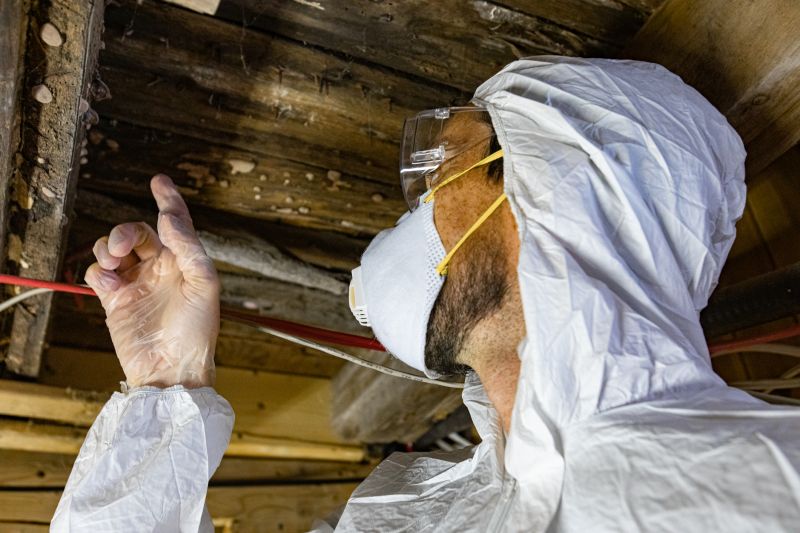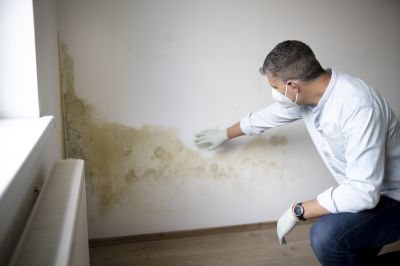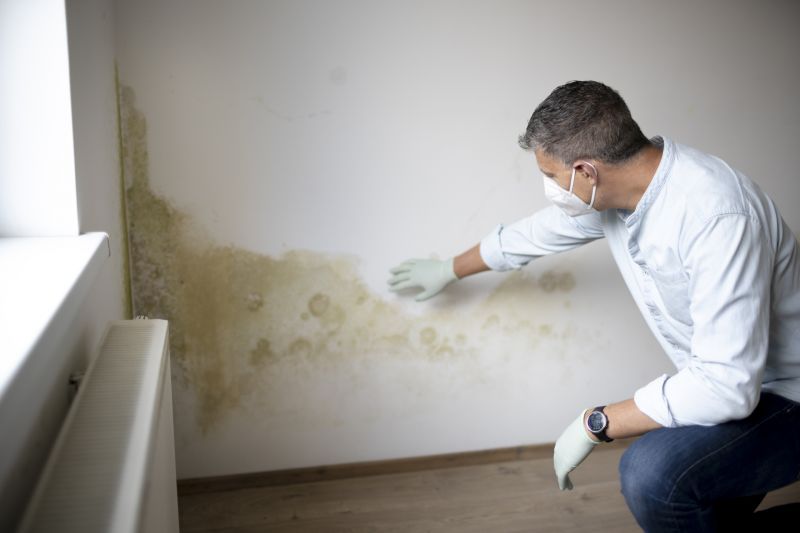Expert Mold Testing Solutions
Mold inspection and testing are essential steps in identifying the presence and extent of mold growth within indoor environments. These procedures help determine whether mold is affecting indoor air quality and if remediation is necessary. Accurate testing can reveal hidden mold in areas that are not visible during a standard visual inspection, ensuring comprehensive assessment and effective remediation planning.

Samples are collected from suspected areas to analyze mold presence and types, providing critical data for remediation strategies.

Air samples are analyzed to detect airborne mold spores, helping assess the potential health risks associated with mold exposure.

A thorough visual examination identifies visible mold growth and conditions conducive to mold development.
Mold testing typically involves collecting air and surface samples, which are then analyzed in laboratories to identify mold species and concentrations. This process can take anywhere from a few hours to a couple of days, depending on the scope and complexity of the inspection. Professional mold inspectors utilize specialized equipment to ensure accurate detection and assessment, which is crucial for effective remediation.
Duration of Mold Inspection and Testing
A professional mold inspection and testing session generally lasts between one to three hours. The duration depends on the size of the property, the number of areas to be inspected, and the complexity of potential mold issues. A comprehensive assessment ensures all affected areas are identified, facilitating targeted remediation efforts.
The Mold Inspection and Testing Process
The process begins with a visual examination of the property to identify signs of mold and conditions that promote mold growth. This is followed by sample collection, including air and surface samples, which are sent to laboratories for analysis. The inspection concludes with a detailed report outlining findings, mold types, and recommended actions. This systematic approach ensures precise identification of mold issues.
Advantages of Professional Mold Inspection and Testing
Hiring a professional ensures accurate detection and assessment of mold problems, preventing overlooked contamination that can lead to health issues or property damage. Experts use advanced tools and techniques to identify hidden mold, which may not be visible during a standard visual inspection. Professional testing provides reliable data to guide effective remediation and prevent future mold growth.
Professional inspections identify hidden mold sources that may not be visible to the untrained eye.
Laboratory analysis provides precise identification of mold species and concentrations.
Early detection minimizes health risks and prevents extensive property damage.
Inspection reports offer clear recommendations for effective mold removal strategies.

Inspectors verify that mold has been effectively removed and the environment is safe.

Samples are analyzed to confirm the presence or absence of mold and assess remediation success.

Photographs of inspected areas and testing results showcase thorough assessment efforts.
If interested in obtaining a quote for mold inspection and testing services, filling out the contact form is recommended. Professional assessment ensures accurate detection and effective management of mold-related concerns, safeguarding health and property integrity.
